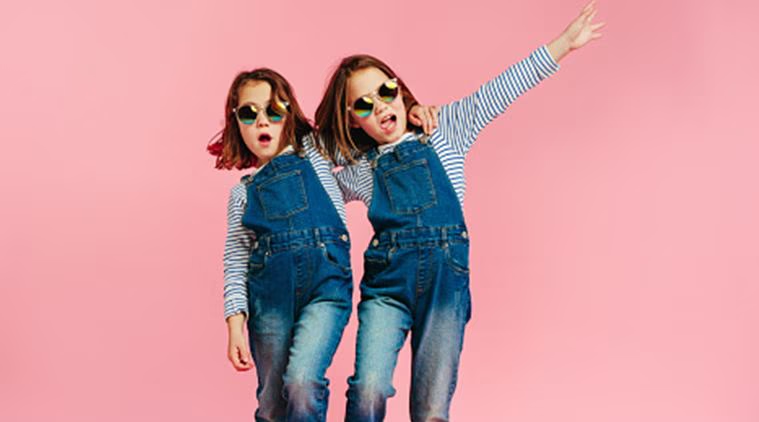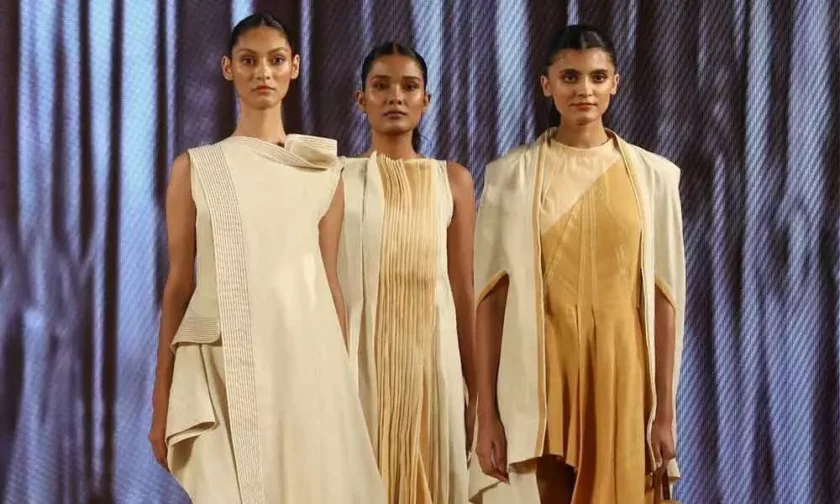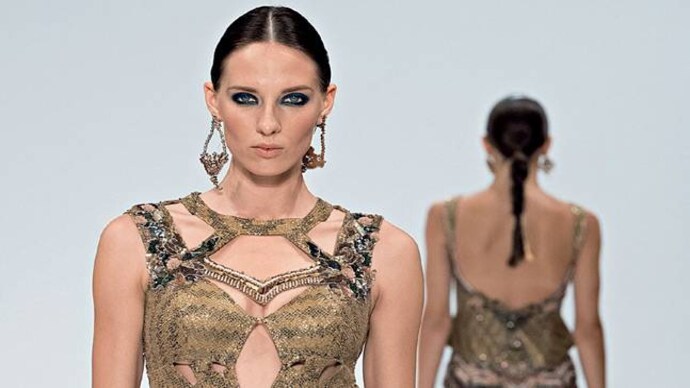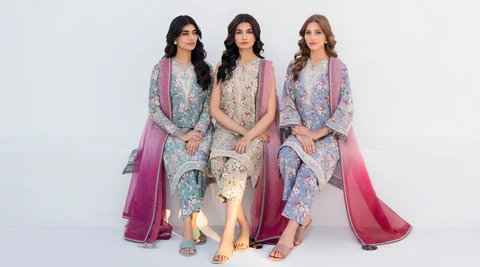Mumbai: In the shimmering world of fashion, where runways pulse with creativity and campaigns define trends, a new generation is strutting into the spotlight: kids as young as toddlers are becoming models. As of 2025, the child modeling industry is booming, fueled by social media, inclusive branding, and a global push for diversity. What was once a niche corner of the $13.3 billion modeling market has exploded, with child divisions in agencies like Bensimon Models & Talent scouting talent worldwide. Parents dream of turning their child’s photogenic smile into a passport to fame and fortune, but is it all flashbulbs and free clothes? This exploration dives into the rise of kid models, the highs and lows of the journey, and whether it’s a fairy tale or a cautionary tale.
The Rise of Mini Runway Stars
Child modeling isn’t new—think Brooke Shields at 10 or the Gerber Baby from the 1930s—but 2025 marks a seismic shift. The modeling agency market, valued at $7.46 billion this year, is projected to hit $12.4 billion by 2035, with child models driving growth through e-commerce and digital campaigns. Brands like Gucci and Ralph Lauren now feature kids in high-stakes ads, blending nostalgia with sustainability. Trends lean into vibrant hues—electric blues, neon greens—and eco-friendly fabrics like organic cotton, reflecting parents’ demand for “green glamour.” Gender-neutral lines from Appaman and unisex athleisure from Bold & KO dominate, making modeling accessible to all body types and backgrounds.
Fame follows fast for some. Celebrity offspring like Heidi Klum’s son Henry Samuel, who debuted at Paris Fashion Week’s Lena Erziak show in January 2025 at age 19, or Sunday Rose Kidman Urban, strutting Miu Miu’s Spring-Summer 2025 runway at 16, blur the lines between nepotism and natural talent. Non-celeb kids shine too: Emma Evalynn, a top-10 Junior Style pick, lands editorials with her poised charm, while diverse faces in Bensimon’s inclusive casts represent ethnicities and abilities previously sidelined.
Earnings and Opportunities
Entry-level gigs pay $50–$125 hourly in hubs like Dallas-Fort Worth, with top tots netting $250–$1,200 per print day or $500–$3,000 per sponsored post. It’s a lucrative pivot for families, but success demands more than cuteness—personality, resilience, and a killer portfolio.
The Allure: Why Parents Say Yes
For many, the pros eclipse the pixie dust. Financially, it’s a windfall: a single holiday campaign can bankroll college funds, toys, or family vacations, all while building savings without dipping into the child’s earnings (ethical parents swear by trusts). “It’s extra money for experiences,” one Reddit parent mused, reflecting that gigs fund soccer camps or art classes. Beyond bucks, modeling molds mini-mavericks. Kids learn poise under pressure—taking direction from photographers, nailing poses amid chaos—which translates to school plays or job interviews later.
Confidence surges: “My kids’ self-esteem skyrocketed,” shares a mom from City Girl Gone Mom, watching her outgoing tots bloom into empathetic pros who network with stylists twice their age. Exposure to glamour—VIP lounges, luxe sets—sparks creativity, fostering adaptability in a world of Y3K metallics and boho florals. Socially, it’s a booster shot. Interacting with diverse crews builds empathy and global savvy; one agency scout notes kids “grow comfortable in unfamiliar environments” early, easing high school transitions. Plus, the industry’s inclusivity push means every kid—curvy, neurodiverse, or from underrepresented communities—gets a shot, promoting body positivity from the start. For celebrity kin like Kylie Jenner (debuting at 14) or Paris Jackson, it’s legacy-building; for everyday Eddies, it’s empowerment.

Shadows Behind the Spotlight
Yet, beneath the sequins lurks a darker side. Rejection stings hardest for the young: agencies sift 50–100 submissions weekly, greenlighting a “very small percentage.” Constant “no’s” can bruise egos, breeding anxiety or self-doubt, especially as bodies change and “model looks” evolve. Schedules clash with childhood: auditions disrupt school, demanding homeschooling or flexible districts, while long shoots steal playtime. Parents juggle “meddling” accusations, ensuring pristine grooming amid muddy playgrounds—a full-time gig itself. Privacy erodes: viral images invite scrutiny, bullying at school (“That kid from the ad?”), or worse, online predators.
Exploitation risks loom large. Though regulated—Coogan Laws protect earnings, CFDA bans under-16 runways—lapses persist: pressure to “bounce back” post-growth spurts, or shady agencies promising stardom for fees. Loneliness hits too; travel separates families, and the shelf-life is short—most “age out” by teens.
Striking the Balance: A Parent’s Playbook
So, should your kid trade teddy bears for test shots? Experts say yes—if it’s their spark, not yours. Start small: scout reputable agencies via KidsCasting or Become A Model, prioritizing those with child welfare protocols. Vet for red flags—no upfront fees, transparent contracts. Emphasize fun: if tears outnumber smiles, pivot. Legal musts include parental consent, work permits, and earnings held in trusts.
Ultimately, 2025’s kid models embody the industry’s evolution: diverse, digital, and demanding mindfulness. For every Henry Samuel closing Coperni shows, countless others learn grace in “no.” It’s not just about turning heads—it’s about turning kids into confident humans, one strut at a time.
As fashion futurist Elle Woods might quip, “What happens on the runway stays on the runway… unless it’s a viral Reel.” Parents, weigh the whimsy against the weight—your mini-me’s magic depends on it.






